
The way to distinguish naturally ripened tomatoes
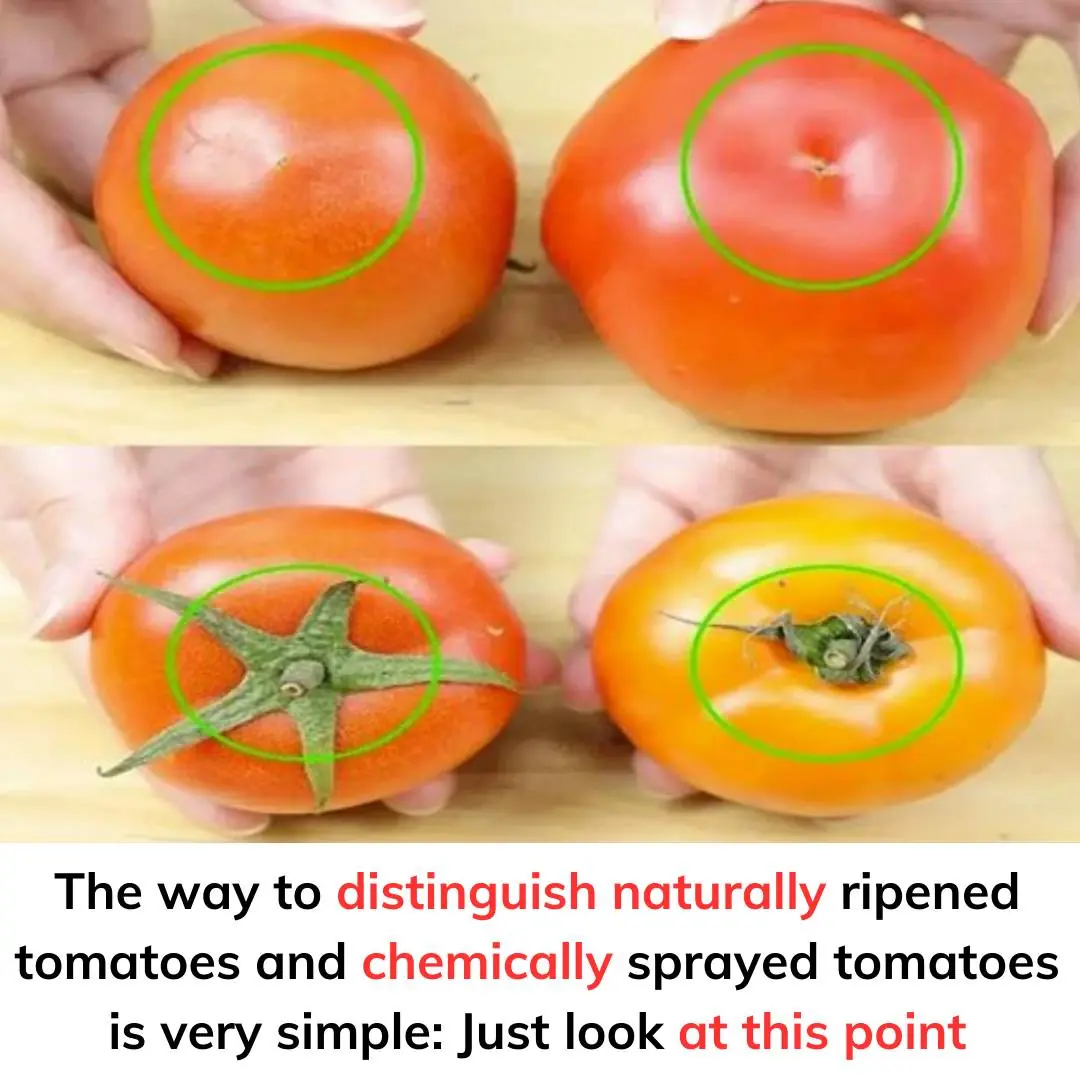
1. Understanding Natural Ripening
Naturally ripened tomatoes undergo a gradual process of maturation on the vine. During this process:
- Color: The tomato’s color changes uniformly from green to red as chlorophyll breaks down and carotenoids, such as lycopene, develop.
- Texture: The fruit softens naturally due to the breakdown of pectin.
- Taste: Naturally ripened tomatoes have a rich, sweet flavor, as the sugars and acids have more time to balance.
The key characteristic of naturally ripened tomatoes is that the ripening process occurs while the fruit is still attached to the plant, allowing it to develop its full nutritional and flavor potential.
2. Chemically Ripened Tomatoes
To meet market demands and prevent spoilage during transportation, many tomatoes are harvested while they are still green and artificially ripened using chemicals like ethylene gas or calcium carbide. While ethylene is a naturally occurring plant hormone and generally considered safe, calcium carbide is a chemical that can have harmful effects if not properly regulated.
Characteristics of chemically ripened tomatoes include:
- Color: The ripening is often uneven. The surface may appear bright red, but the interior may still be green or pale.
- Texture: These tomatoes are often firmer than naturally ripened ones, with a waxy or plastic-like feel.
- Taste: They lack the sweetness and depth of flavor associated with vine-ripened tomatoes.
- Health Concerns: Chemicals like calcium carbide can leave harmful residues if used improperly, potentially causing health issues.
3. How to Identify Naturally Ripened Tomatoes
The image suggests focusing on specific visual and tactile cues to distinguish naturally ripened tomatoes from chemically ripened ones. Here are some tips based on those observations:
-
Look at the Stem Area:
- Naturally ripened tomatoes often retain their green stems or have a star-shaped marking where the stem was attached. The area near the stem should have a natural coloration, blending smoothly into the rest of the fruit.
- Chemically ripened tomatoes may lack these natural markings or exhibit discoloration around the stem.
-
Check the Color:
- Naturally ripened tomatoes have a uniform color that extends from the surface to the interior. The red hue is rich and vibrant, with no green patches.
- Chemically ripened tomatoes may have uneven coloration, with green or yellow areas near the stem or base.
-
Feel the Texture:
- Naturally ripened tomatoes are firm but slightly soft to the touch, indicating proper ripening.
- Chemically ripened tomatoes are often unnaturally hard or overly soft due to uneven ripening.
-
Smell the Tomato:
- Naturally ripened tomatoes emit a sweet, earthy aroma. The stronger the scent, the fresher and more natural the fruit.
- Chemically ripened tomatoes may lack this characteristic aroma.
-
Cut Open the Tomato:
- The interior of a naturally ripened tomato will be red, juicy, and evenly colored.
- Chemically ripened tomatoes may have a pale or green interior, indicating incomplete ripening.
4. Why Are Tomatoes Chemically Ripened?
The use of artificial ripening methods is driven by economic and logistical factors:
- Extended Shelf Life: Harvesting tomatoes before they are ripe reduces the risk of spoilage during transportation.
- Aesthetic Appeal: Bright red tomatoes are more visually appealing to consumers, even if they are not fully ripe.
- Year-Round Availability: Artificial ripening ensures a consistent supply of tomatoes, regardless of seasonality.
While these methods benefit producers and retailers, they often come at the cost of taste, quality, and safety.
5. The Benefits of Choosing Naturally Ripened Tomatoes
Opting for naturally ripened tomatoes offers several advantages:
- Better Flavor: The taste of naturally ripened tomatoes is superior, making them ideal for salads, sauces, and other dishes.
- Higher Nutritional Value: Vine-ripened tomatoes contain more vitamins, antioxidants, and natural sugars.
- Fewer Health Risks: Naturally ripened tomatoes are free from potentially harmful chemical residues.
6. Tips for Buying the Best Tomatoes
To ensure you’re purchasing high-quality, naturally ripened tomatoes:
- Shop Locally: Buy from farmers' markets or local growers who allow their produce to ripen on the vine.
- Choose Organic: Organic tomatoes are less likely to be exposed to artificial ripening agents.
- Ask Questions: Don’t hesitate to ask vendors about their ripening methods.
- Grow Your Own: If possible, grow tomatoes at home. This guarantees full control over the ripening process and offers the freshest produce.
News in the same category


Why shouldn't you set the air conditioner to 26°C at night?
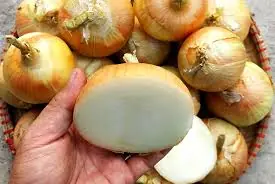
9 out of 10 people store onions incorrectly: Here's why you shouldn't keep them in the fridge

Smart travel tip: Why you should toss a water bottle under your hotel bed?

Don't throw away your yellowed white shirts - try this soaking method to make them bright and as good as new
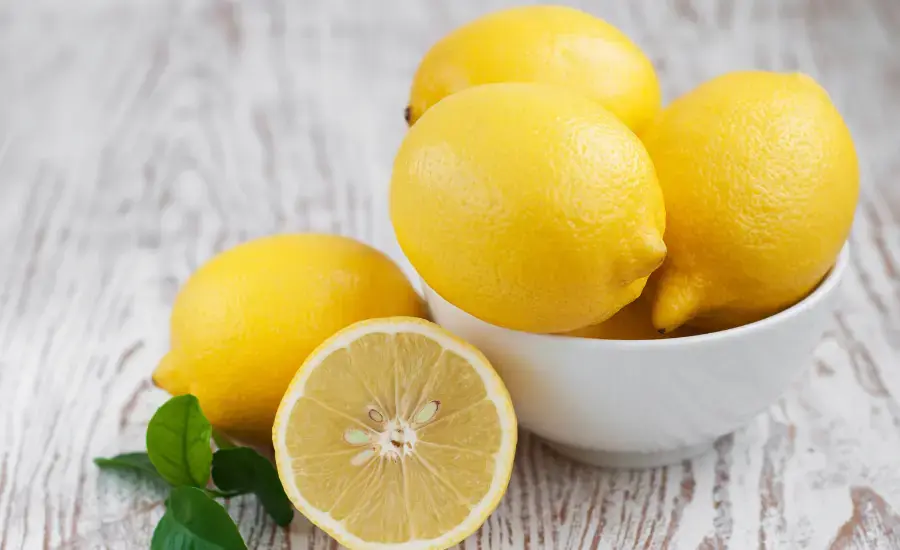
Easy lemon storage hacks that keep them fresh for a long time

Natural Pest Control: Using Diatomaceous Earth and Cloves Against Bed Bugs and More
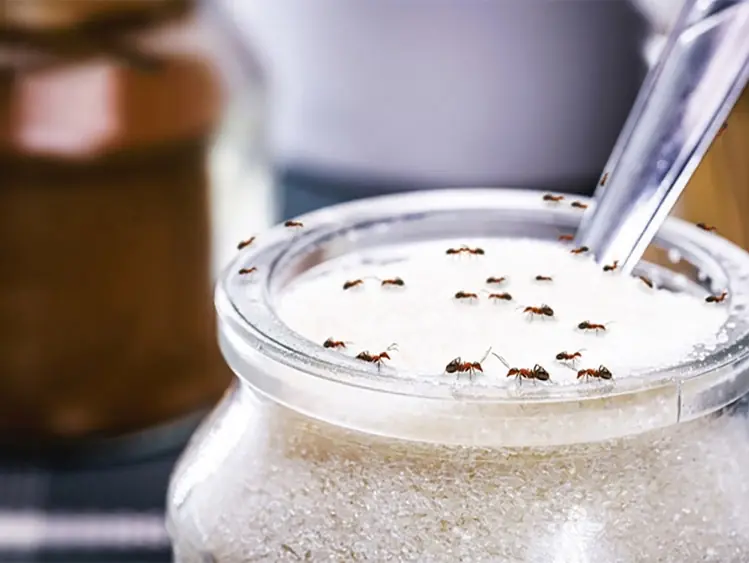
Tips to Quickly Get Ants Out of Sugar Jars and Keep Them Away for Good

Common causes of water leaks from air conditioners and how to fix them.

Keep Ginger Fresh and Intact for a Long Time With This Simple Trick
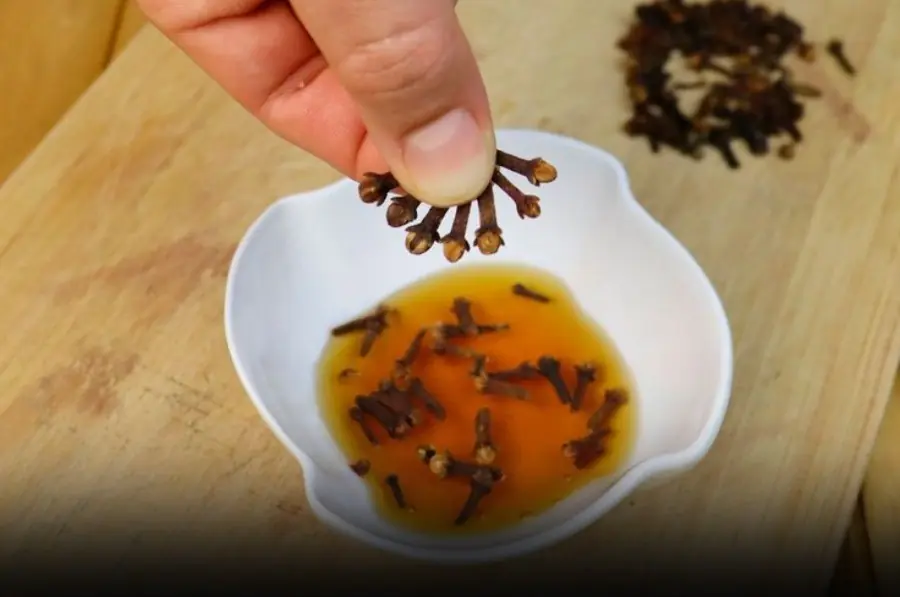
Mix cloves, honey, and cinnamon and you will thank me! This is my grandmother's secret...

Experts Warn: Never Unplug These 7 Household Devices — You Won’t Save Money, and It Could Cause Even More Harm

A 3-Year-Old Boy Nearly Blinded by 502 Super Glue
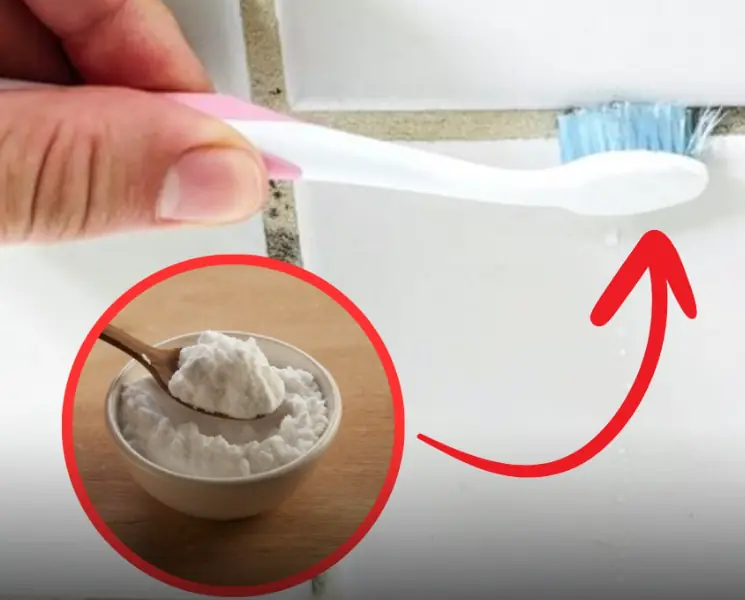
Simple hack to remove mold from bathroom grout using just 2 common ingredients - Better than bleach!

Smart people unplug the TV when checking into a hotel - Knowing why you will do it immediately
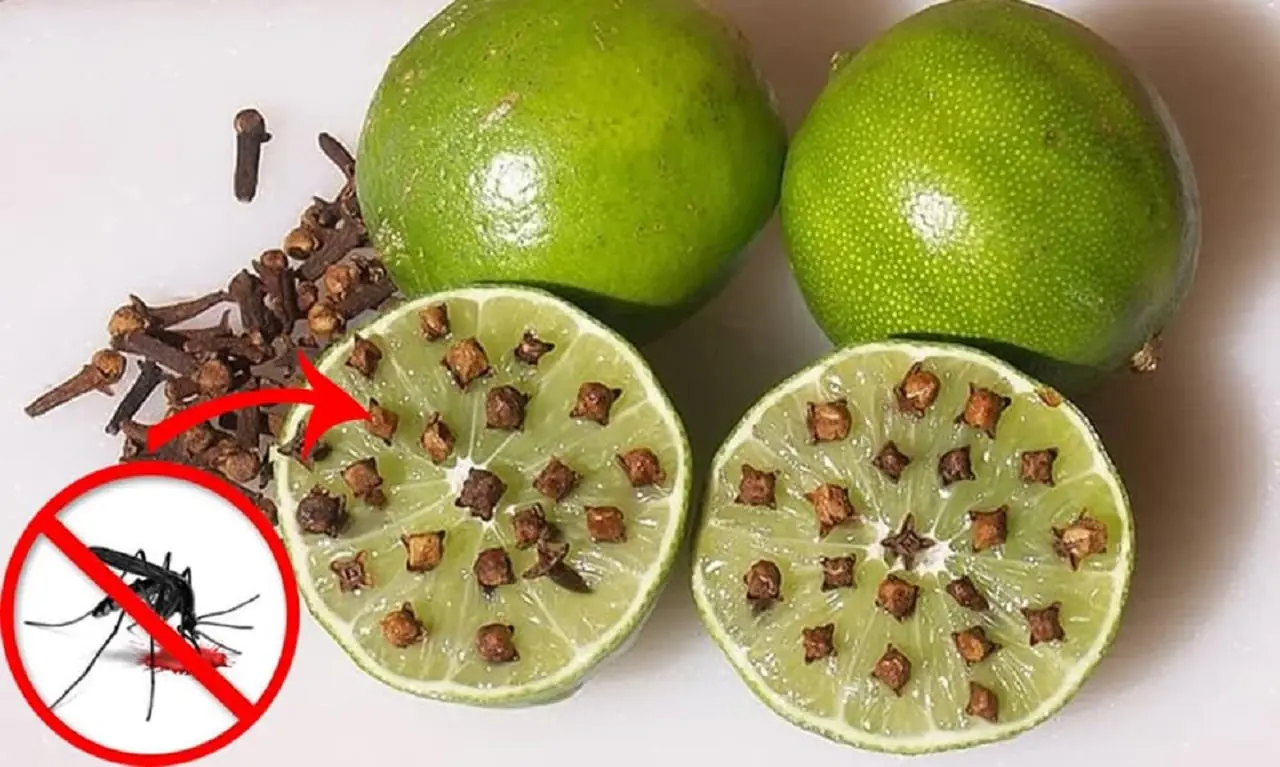
Don’t Throw Away Lemon Peels: Smart, Natural Ways to Clean and Freshen Your Home

Why smart travelers always unplug the hotel TV when they arrive?

When bit.ten by a snake, you should do these things first

This Button on Your Car Key Is Something 90% of Owners Have Never Used — Yet It Could Save Your Life in an Emergency

Health Experts Warn: This Common Fruit Contains the Highest Pesticide Residue and Should Be Avoided If Not Properly Washed
News Post

Daily Coffee: What Surprising Changes Occur in Your Body? Doctors Reveal the Effects
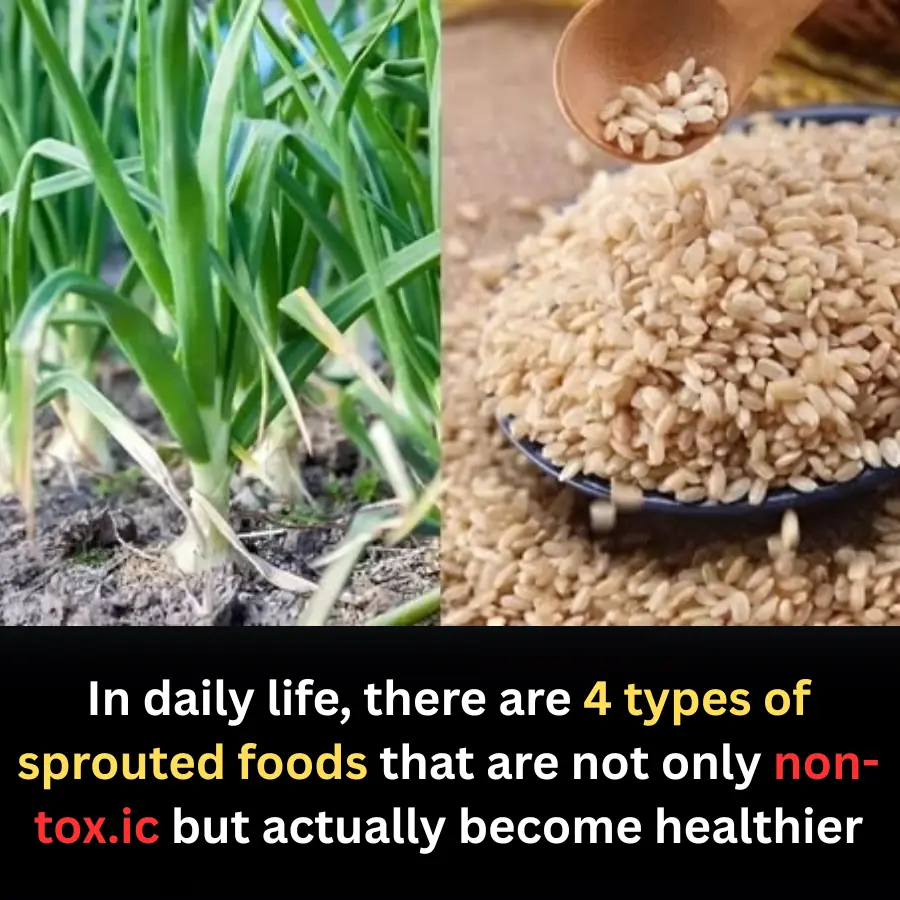
Surprising Nutrition Insight: 4 Sprouted Foods That Become Even Healthier — Not Toxic

Genetic Reality: Doctors Warn That If Parents Have These 6 Diseases, Their Children May Inherit a Higher Risk

Doctors Warn: 4 Nighttime Signs Showing Your Liver Is Weakening — Don’t Ignore Them

Doctors Warn: Going to Bed Too Early May Be Harmful for Seniors — People Over 65 Should Sleep at This Recommended Time
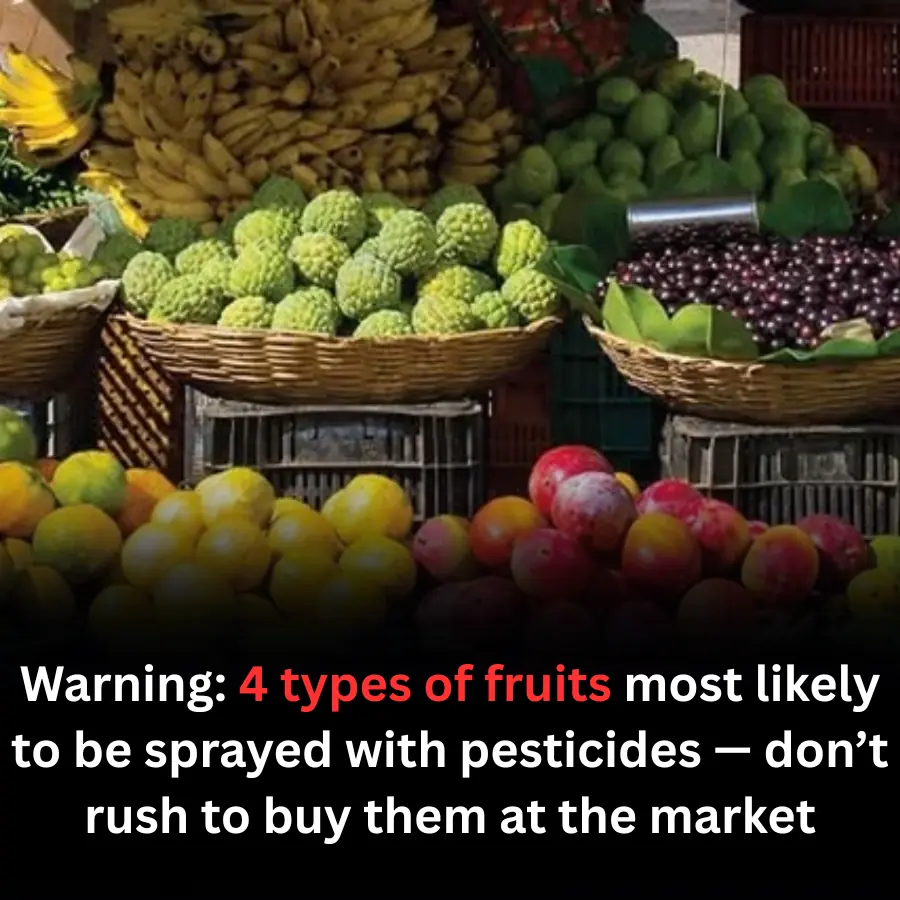
Experts Warn: 4 Fruits Most Commonly Sprayed With Pesticides — Shoppers Should Avoid Buying Them Hastily

Cream Cheese–Stuffed Salmon Medallions (Pan-Seared)

Notice This Lump on Your Wrist? It May Be Caused by a Daily Habit

Husbands With These Habits May Put Their Wives at Higher Risk of Can:cer — Stop Them Now Before They Harm the Whole Family

Healthy Protein Bowl with Shrimp, Chicken, Soft-Boiled Eggs & Vegetables

THE BODY KNOWS WHEN DE.A.TH IS NEAR AND IT ALL BEGINS WITH THE NOSE

Glazed Beef Steak with Mashed Potatoes, Fresh Salad & Cornbread

A Husband and Wife Were Both Diagnosed With Li.ver Can.cer

Classic Homemade Beef Stew with Potatoes & Carrots

5 skin signs that could be warning you about kid.ney problems

Strawberry Hot Chocolate

The finger you cut first might say more about you than you think

Savory Tuscan Chicken Bake Delight

Cracked heels are not always caused by dry skin: Be aware of these conditions
